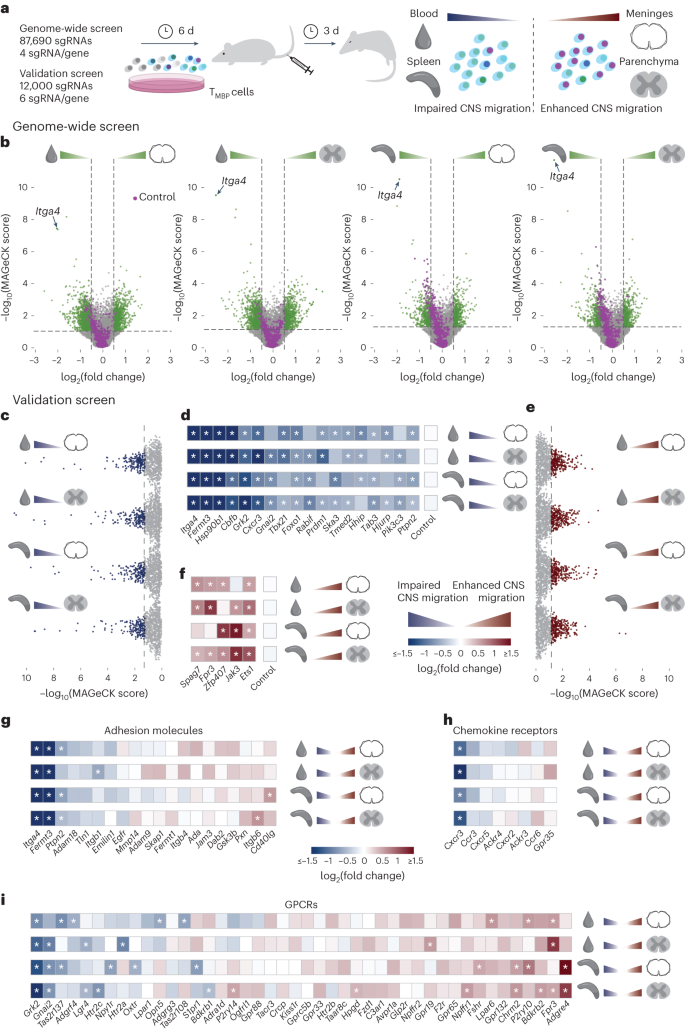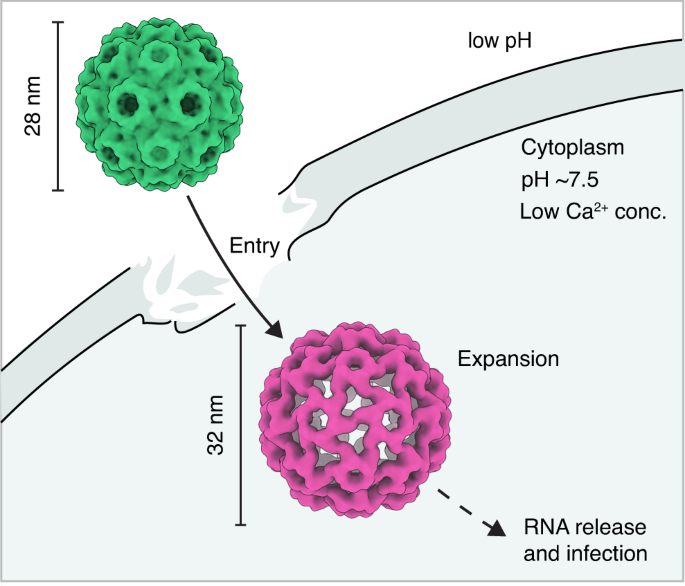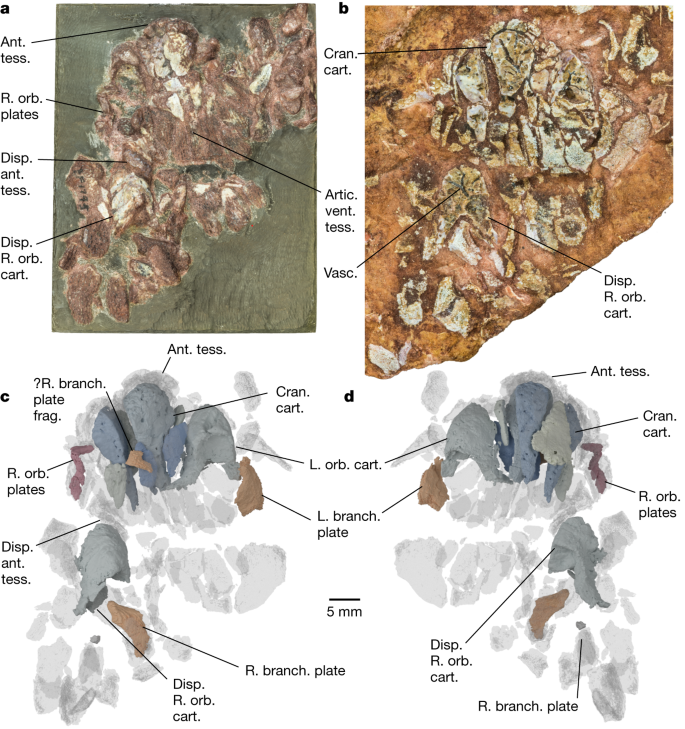2023-09-21 ミュンヘン大学(LMU)
◆この研究は、5つの阻害因子と18の促進因子を特定し、これらの因子がT細胞が中枢神経系に移行するのに不可欠であることを示しました。研究者はCRISPR技術を使用し、これまでMSモデルに関連していなかった遺伝子編集アプローチを採用し、MSの病態生理学における重要なステップを明らかにしました。これにより、MS治療の既存のターゲット分子が確認され、さらに他の免疫細胞の移行にも応用可能な手法が開発されました。
<関連情報>
- https://www.lmu.de/en/newsroom/news-overview/news/identified-key-regulators-involved-in-genesis-of-multiple-sclerosis-lesions.html
- https://www.nature.com/articles/s41593-023-01432-2
ゲノムワイド生体内CRISPRスクリーニングにより、多発性硬化症モデルにおけるCNSへのT細胞移動の必須制御因子が同定される A genome-wide in vivo CRISPR screen identifies essential regulators of T cell migration to the CNS in a multiple sclerosis model
Arek Kendirli,Clara de la Rosa,Katrin F. Lämmle,Klara Eglseer,Isabel J. Bauer,Vladyslav Kavaka,Stephan Winklmeier,La Zhuo,Christian Wichmann,Lisa Ann Gerdes,Tania Kümpfel,Klaus Dornmair,Eduardo Beltrán,Martin Kerschensteiner & Naoto Kawakami
Nature Neuroscience Published:14 September 2023
DOI:https://doi.org/10.1038/s41593-023-01432-2

Abstract
Multiple sclerosis (MS) involves the infiltration of autoreactive T cells into the CNS, yet we lack a comprehensive understanding of the signaling pathways that regulate this process. Here, we conducted a genome-wide in vivo CRISPR screen in a rat MS model and identified 5 essential brakes and 18 essential facilitators of T cell migration to the CNS. While the transcription factor ETS1 limits entry to the CNS by controlling T cell responsiveness, three functional modules, centered around the adhesion molecule α4-integrin, the chemokine receptor CXCR3 and the GRK2 kinase, are required for CNS migration of autoreactive CD4+ T cells. Single-cell analysis of T cells from individuals with MS confirmed that the expression of these essential regulators correlates with the propensity of CD4+ T cells to reach the CNS. Our data thus reveal key regulators of the fundamental step in the induction of MS lesions.


